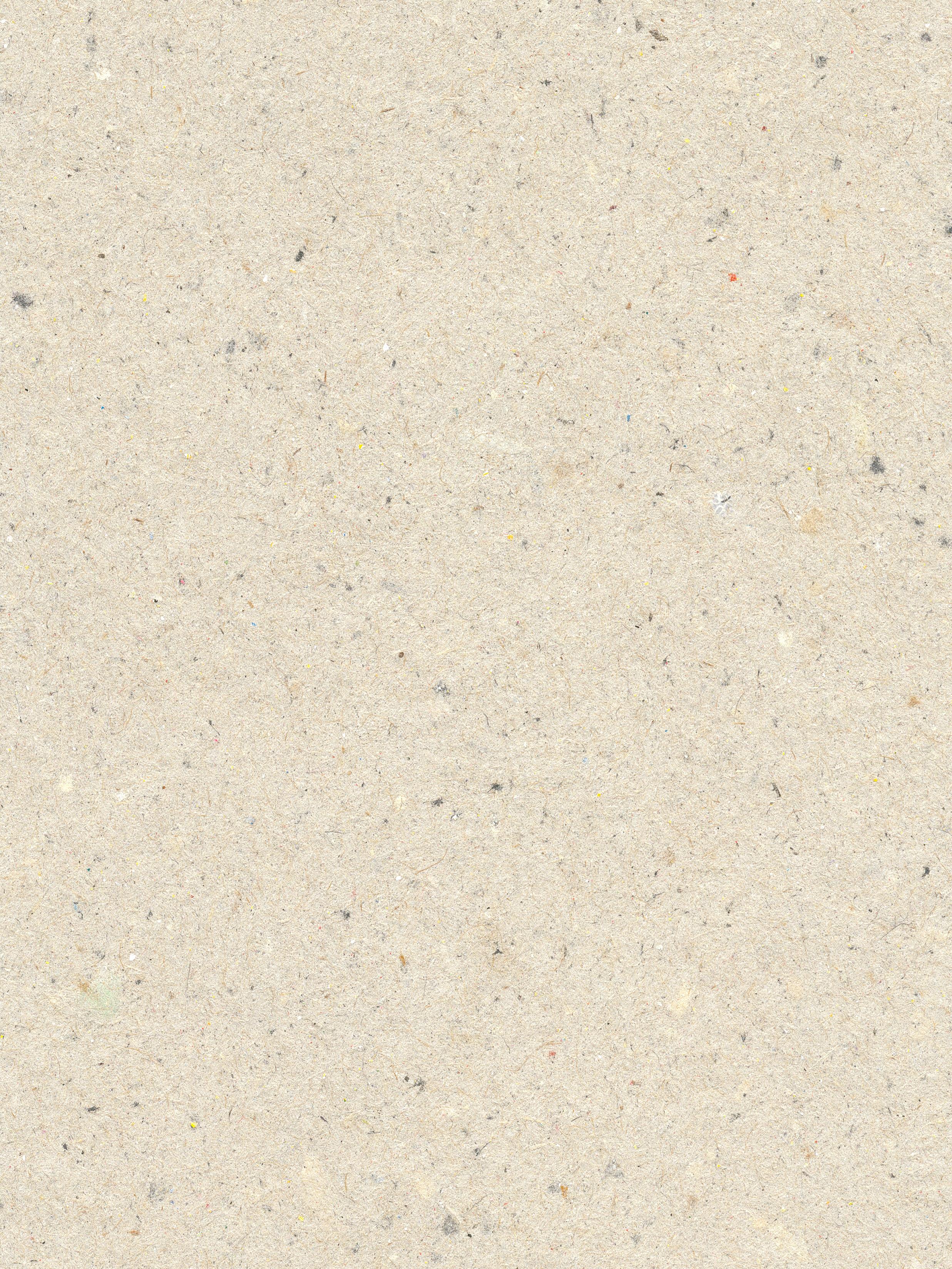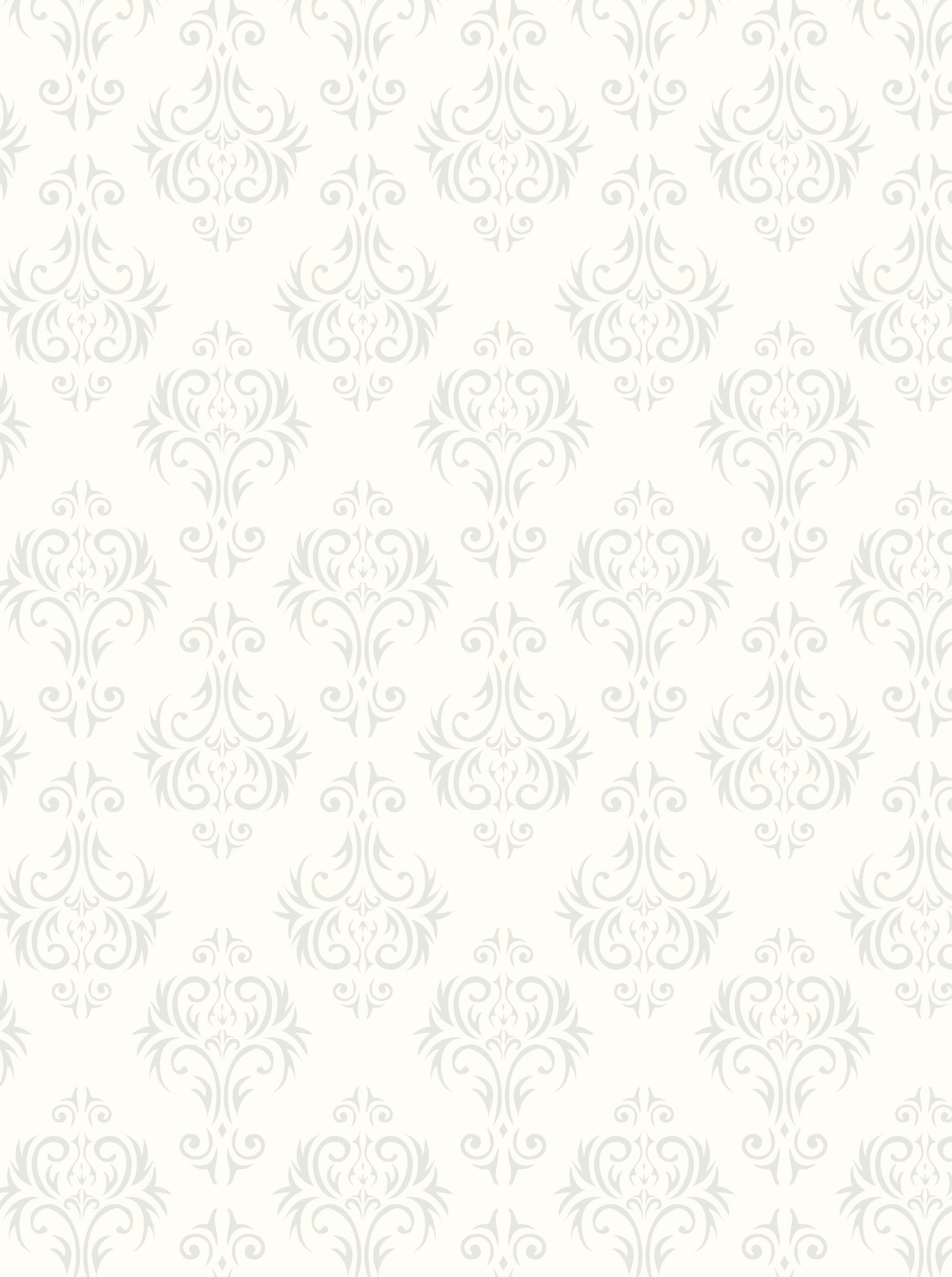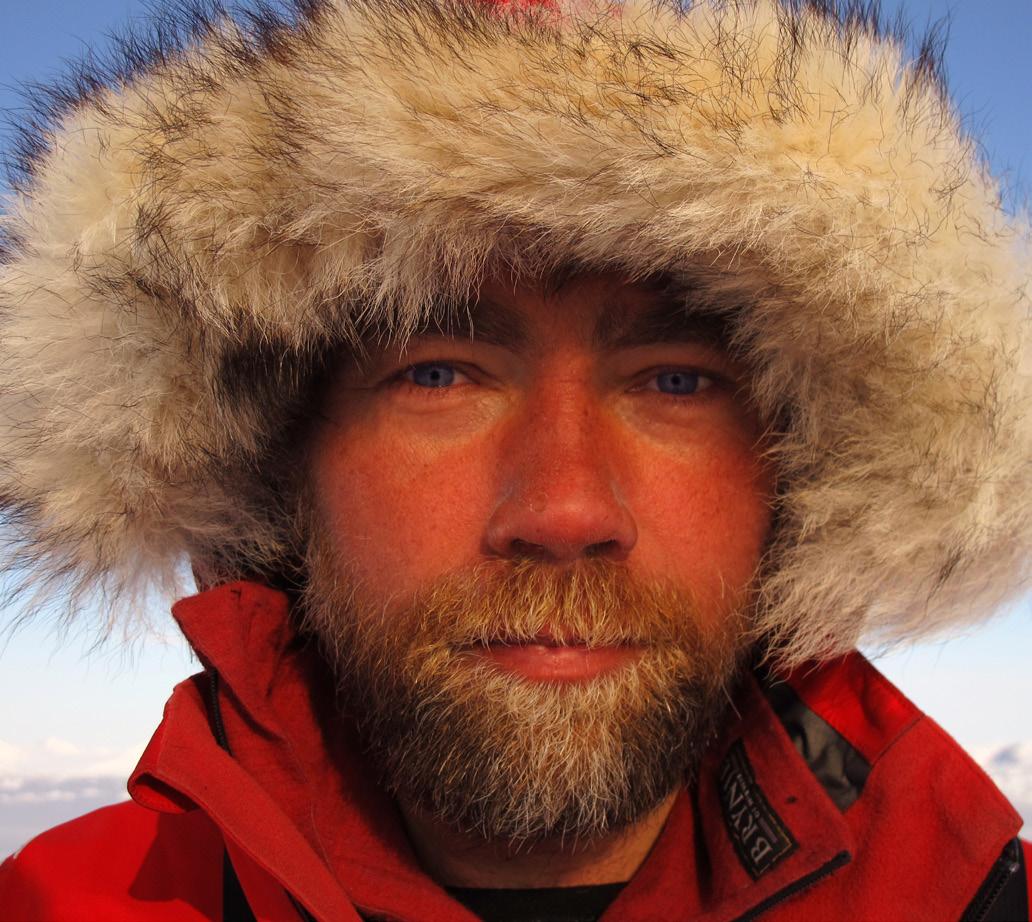
4 minute read
Features
Swedish Spas
From a ‘Sami Zen’ treatment accompanied by traditional Jojk music after a long day on the ski slopes, to a body wrap using freshly harvested seaweed on the West Coast, there are more spa locations and experiences in Sweden than types of sill on a smörgåsbord. You could say that Sweden itself is one vast spa – regular saunas and plenty of fresh air and exercise are a way of life for most
© Selma Spa
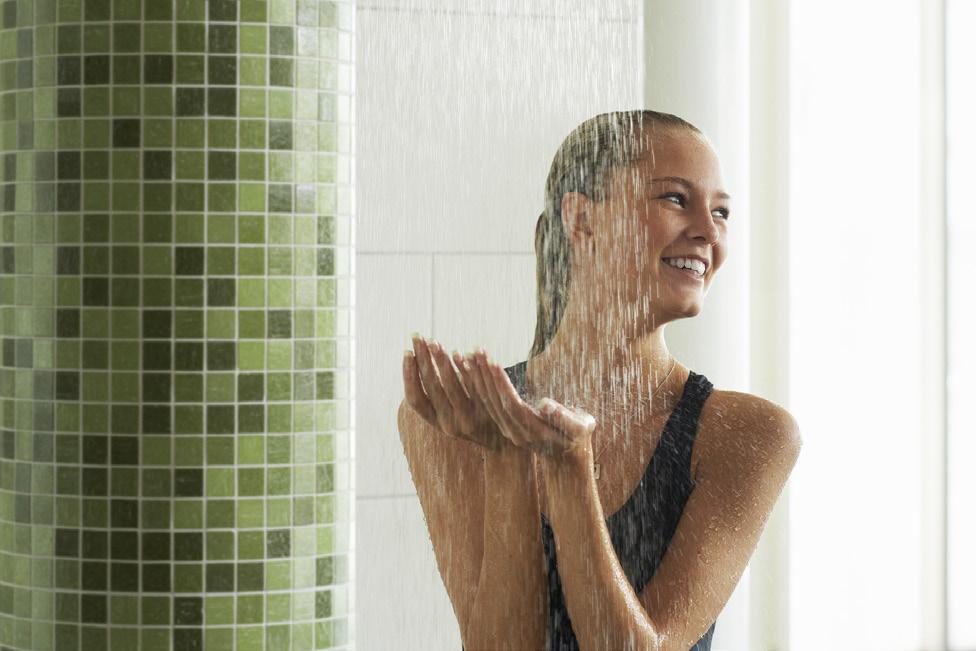
Swedes, not just something to book in for once a year when you’re so burnt out you barely have the energy to switch off your smartphone before a massage. And with this healthy, holistic view of life – as well as an abundance of stunning natural surroundings – as a starting point, it’s not surprising they have a long history of creating world-class spa hotels and day spas.
‘What’s great about Swedish spas is that in the south they’re mostly right on the beach, and in the north, right in the mountains,’ says Carina Wallberg, chairman of the Swedish Spa Hotels Association (www.svenskaspahotell.se), whose 38 members are among the best spas in the country. ‘They really make the most of their natural surroundings and environment, with plenty of activities outdoors.’ So, at Storhogna Högfjällshotell & Spa (www.storhogna.com), you can relax ski-weary muscles in the wood-fired sauna and outdoor hot tub, with views over the snow-covered Vemdalen mountains. At the newly-opened Falkenberg Strandbad hotel (www. strandbaden.se), the wild scenery of the West Coast provides a dramatic contrast to their ultra luxurious Retreat Club spa.
Swedish spas have an over 200 year old history, dating back to the days when people started to get over their fear of the sea (few could swim before the 20th century) and began building bathhouses and jetties around the country’s coastline, many of which still exist today. The bath houses were for everyone, but still segregated: the poor visited in the mornings, and went for free, while the rich bathed in the afternoon, and paid. Men and women bathed separately. Earlier still, the natural spring waters at places such as Loka Brunn and Varberg became known for their curative powers – six to eight liters of Loka spring water taken every 24 hours is said to have cured King Adolf Fredrik’s relentless migraines in 1761, beginning a boom time for health resorts.

While many of the classic Swedish spa resorts retain a sense of history, and all put great emphasis on highly trained staff, they avoid becoming too serious or stuffy by keeping up with current spa trends like garra rufa fish pedicures (in which small fish nibble the dead skin
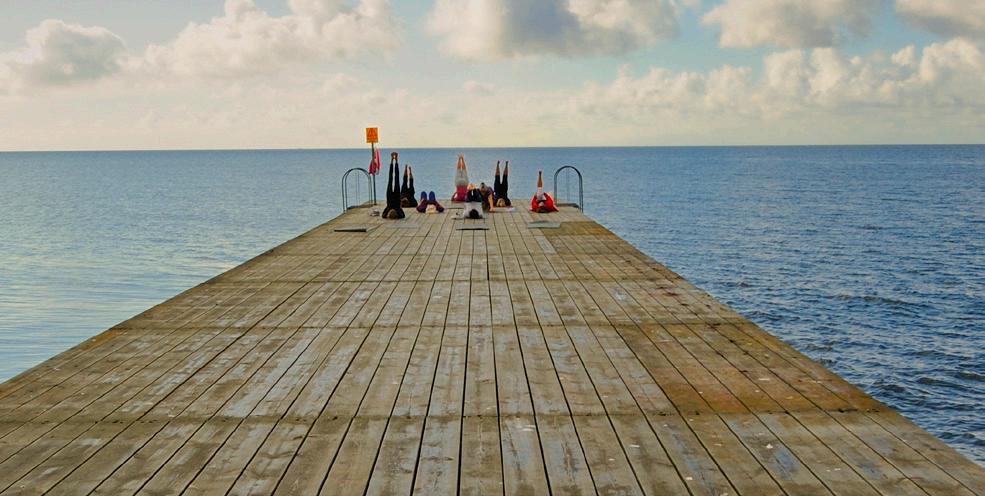
off your feet), chocolate body treatments and couples treatments. Another strong spa trend at the moment, according to Carina Wallberg, is the move away from ‘one size fits all’ treatments, towards treatments tailored individually to the guest. ‘You book a time and then there is a discussion with your therapist about your particular needs. It’s more challenging for the therapist and more beneficial for the guest.’
Although Swedish spas are probably most strongly associated with Swedish massage – or classic, deep-tissue massage, as it’s known here – many are taking influences from other countries’ spa philosophies and treatments. Yasuragi Hasseludden, for example, is inspired by traditional Japanese bath houses, while Ystad’s Saltsjöbad’s spa (www.ysb.se) includes ‘The Creek Experience’, in which you’re led through the treatment process in Turkish hamam-style (although in a gentler, more Swedish, way than you might be in Turkey!)
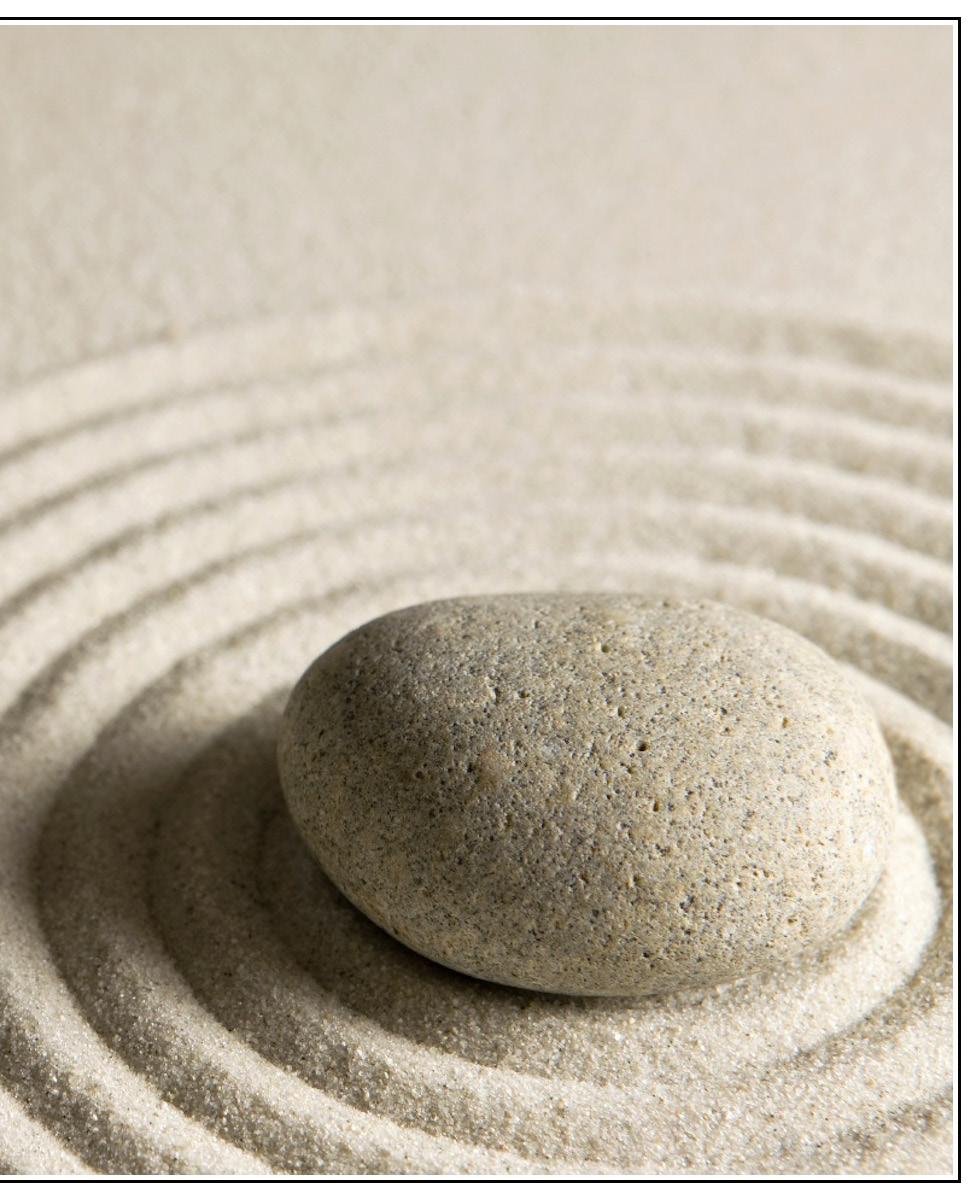

The typically Swedish combination of tradition and quality with a desire to stay at the cutting edge seems to be working for Spa Hotel Association members’ profits, which are up 11%, compared with hotels in general. But the vast majority – 90% – of visitors are still Swedish or Scandinavian, which means that other foreign visitors to Sweden are missing a trick. There are numerous options including a half-hour massage at a city day spa, a couple of days taking the waters at a historic health resort or a week combining a skiing or a beach holiday with saunaing and spa treatments. These could be what transform your next visit to Sweden from simply relaxing your body to also benefitting your health and soul.
Sweden’s Top Ten Spas

Copperhill Mountain Lodge, Åre
Top class after-ski spa facilities at this stylish mountaintop design hotel in Sweden’s largest, and smartest, ski resort. www.copperhill.se
© Selma Spa
Selma Spa, Sunne, Värmland
One of the largest, and longest established, spas in Sweden with over 40 treatments to choose from, in the heart of Selma Lagerlöf’s Värmland. www.selmaspa.se
Yasuragi Hasseludden, Stockholm
Japanese-inspired spa hotel in the archipelago 30 minutes outside Stockholm. www.yasuragi.se
© Yasuragi Hasseludden
Sturebadet, Stockholm
An oasis of calm in the heart of the capital city, with a stunning Art Nouveau indoor pool. www.sturebadet.se
Hagabadet, Göteborg
Göteborg’s classic day spa, combining Roman baths with the latest treatments. www.hagabadet.se
© Hagabadet
Loka Brunn, Grythyttan
Historic spa now owned by the Spendrup family, with its own health resort museum. www.lokabrunn.se
Varbergs Kurort, Halland
Sweden’s only thalasso spa, where you can swim both in the invigorating waters of the Kattegatt, or in the heated indoor salt water pool. www.varbergskurort.se
Sätra Brunn, Sala
A 300 year old spa two hours west of Stockholm. www.satrabrunn.se
Hotel Tylösand, Halmstad
A state-of-the-art seafront spa hotel on the west coast, complete with Ayurvedic treatments and personal trainers. www.tylosand.se
Storhogna Högfjällshotell & Spa, Vemdalen
Classic spa and ski resort in the Vemdalen mountains. www.storhogna.com
© Storhogna Högfjällshotell & Spa






